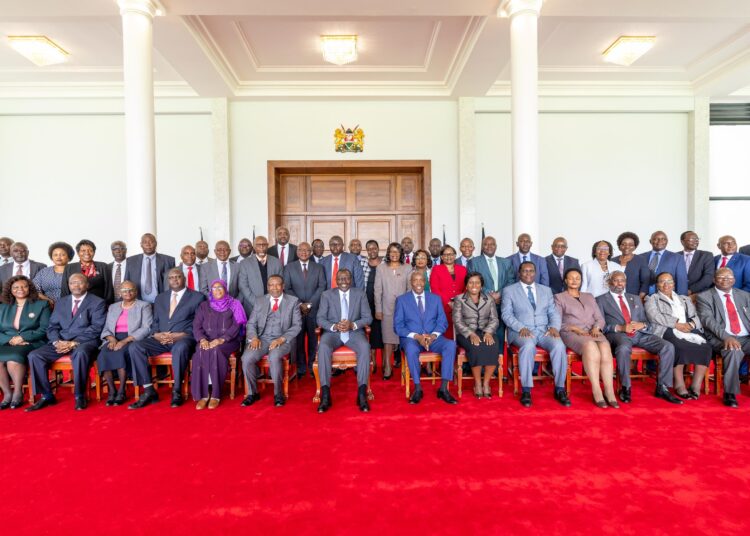In a significant shake-up, public universities in Kenya are bracing for major changes following an agreement between President William Ruto and Vice Chancellors to eliminate programs that fail to attract students. This move is expected to result in the layoffs of thousands of university staff, a necessary but painful step to address the ongoing challenges within the higher education sector.
The reorganization plan involves dropping or transferring academic programs to institutions with established strengths in those fields. This strategy aims to streamline the universities’ offerings and enhance specialization, ensuring that each institution focuses on its core strengths. The State Department of Higher Education, alongside university administrations, is now tasked with identifying underperforming courses and consolidating others to achieve this goal.
This initiative mirrors a similar proposal made in 2018 by the late former Education Cabinet Secretary George Magoha, who advocated for merging universities and cutting down on non-responsive courses. Although that plan was not fully implemented, the current administration believes that drastic measures are now essential.
Course Enrollment Crisis
A recent report from the Kenya Universities and Colleges Central Placement Service revealed that over 100 courses attracted fewer than 10 students in the 2023 university placement cycle. Courses like Food Security, Horticulture, Soil Science, Forestry, and Environmental Chemistry are among those with alarmingly low enrollment numbers.
Shockingly, some courses had only one student enroll nationally, including Entrepreneurship and Small Business Management, Bachelor of Science Networks and Communication Systems, and Library and Knowledge Management. This stark data underscores the need for a re-evaluation of course offerings across the country’s universities.
Funding Shortfalls and New Strategies
Financial challenges compound the situation. The outgoing Differentiated Unit Cost (DUC) model, which was supposed to cover 80% of student fees, now only provides 42% due to government under-funding, leaving institutions with a 38% shortfall. President Ruto has pledged to increase government funding to cover 50% of these costs, but even this boost may not be sufficient to fully address the financial woes of the universities.
In response to these challenges, President Ruto has directed Vice Chancellors to develop incentives to attract more students to enroll in courses that are critical for Kenya’s development. The goal is to encourage students to pursue studies in fields that can drive the nation forward, leveraging education to fuel economic and social progress.
The impending layoffs and program cuts represent a significant shift in Kenya’s higher education landscape. While the primary aim is to enhance efficiency and ensure that universities focus on their areas of strength, the human cost of these changes cannot be overlooked. Thousands of staff members face the prospect of job losses, and the transition will undoubtedly be challenging for many institutions and individuals alike.
As universities prepare for these changes, the hope is that a more focused and financially sustainable system will emerge. By prioritizing courses that align with national priorities and fostering specialization, Kenya’s higher education sector can better serve its students and contribute more effectively to the country’s development goals.
The coming months will be critical as these plans are put into action. Stakeholders across the education sector will need to work collaboratively to navigate this period of transformation, ensuring that the ultimate outcome is a stronger, more resilient system of higher education in Kenya.








